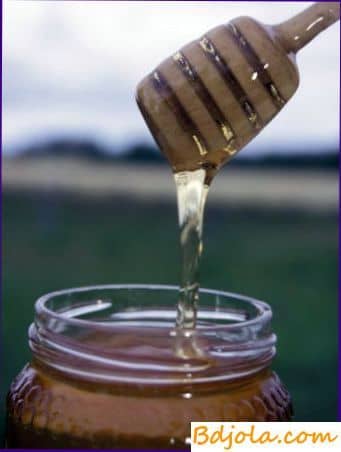

Heather honey honey bees make from nectar small pink flowers evergreen branched shrub ordinary heather. Heather honey of dark, dark yellow and reddish-brown color with a weak aroma, pleasant or tart bitter taste. This honey is very viscous, slowly crystallizes. From a hectare of flowering heather, bees collect 200 kg of honey.
Простокваша мед. Как добыть дикий мед.
Bee Honey